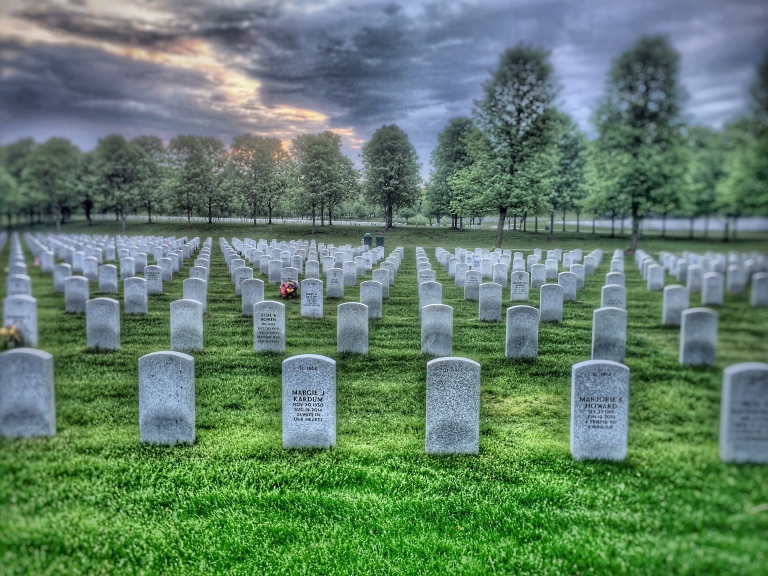
We honor our veterans










 #onthisday in 1945, The USS Dyson was in action against enemy Japanese forces on Corregidor Island, Philippine Islands. Schuylerville-native, US Navy Commander Lawrence Ruff was in command of the boat during this action. A Brief War History of the USS Dyson (DD572) describes:
#onthisday in 1945, The USS Dyson was in action against enemy Japanese forces on Corregidor Island, Philippine Islands. Schuylerville-native, US Navy Commander Lawrence Ruff was in command of the boat during this action. A Brief War History of the USS Dyson (DD572) describes:
“This destroyer has supported many major campaigns in eleven bombardments of enemy shore positions. In one instance, at Corregidor island, she moved in close to the beach one night to break up a Banzai charge with a withering torrent of five-inch shells. When the army counted the enemy dead the next morning, the soldiers found two hundred fifty slain.”

Lawrence E. Ruff was a career Naval officer that served as navigator of the battleship USS Nevada during the Japanese attack on Pearl Harbor on 7 December 1941.
Ruff was born to born 7 July 1905 in Troy to William G (Apr 1867 – 26 Nov 1936) and Josephine Bott (5 May 1866 – 2 Sept 1947). He was the youngest of 9 and grew up on Green Street in Schuylerville. He was third generation American with his grandparents born in Germany. Ruff’s father was a merchant of seed and flour.
Ruff was active in the community serving in Boy Scout Troop 1 and receiving awards at the Saratoga County Fair. He graduated from Schuylerville High School with a regents diploma in 1923. Ruff enlisted in the US Navy and graduated from the US Naval Academy at Annapolis, Maryland in 1930. He started his career with the US Navy moving from an Ensign in 1930 to a Rear Admiral in 1958.
At the start of World War II, he served on the USS Nevada battleship at Pearl Harbor. When the Japanese surprised attacked, Ruff was assigned “acting navigator” (he was not qualified). Ruff quickly got the Nevada underway. During the second wave of the Japanese attack, the planes focused on sinking the Nevada because it was the only large ship moving in Pearl Harbor. The Nevada was hit with 5 large bombs and had 11 fires burning out of control. Ruff steered the Nevada out of the main shipping channel and to beach the ship at Hospital Point. Historians credit Ruff’s actions in shortening the Pacific war by keeping clear the Pearl Harbor shipping channel free and preserving the Hawaiian fuel storage reserves which served the Pacific.
Ruff was active in many of the major campaigns in the Pacific and commanded the destroyer USS Dyson. He earned Bronze, Gold and Silver Stars on the Dyson.

Ruff also commanded the USS Menard during “history’s greatest mass civilian evacuation” transporting thousands of Vietnamese refuges from Haighong to Saigon. The Menard served as a “guinea pig” during the first trip with refugees. There were 1,802 refugees on board and their bodies were not happy with the Navy food. These refugees did not like how the rice was prepared. A Redemptorist priest helped solve the problem with the crew of the Menard by having 5 refugees cook the rice. In two short hours, these refugees health grew after being served rice in their traditional manner.
Lawrence E. Ruff married Agnes Eula Shay (20 Apr 1906 – 24 Jan 1953) of Vallejo, California who died due to complications during a surgery. He remarried Anna E. Davies (6 Apr 1906 – 18 Mar 1992) on 4 November 1954. His children are Lawrence Ernest Ruff, Jr.; William Terrence Ruff and stepdaughter: Mrs. William E. Winston II (Nancy Conover). He retired as a Rear Admiral to Long Beach, California. In his retirement from the service, he did additional graduate work at USC. His family said he was a college professor and is obituary said he taught in Long Beach city schools for 9 years. Ruff was a member of some military fraternal groups. He was also active in the beach area concerned citizens of Long Beach where he lobbied for zoning and better shoreline development.
Saratoga has been defined by the people who by choice or by chance make up this community. There are many individuals like Lawrence Ruff that help define this country, our region, and this community. It is the determination of our forefathers, in surmounting overwhelming odds that help define the American spirit – the will and ability to shape a better future. It is the people it is that define this community by choice or by chance have changed this country and even the world. That is why studying the people of Saratoga is integral to a good understanding of the condition of being human.